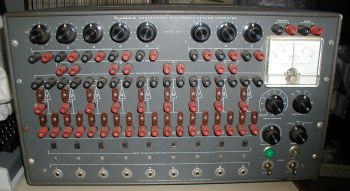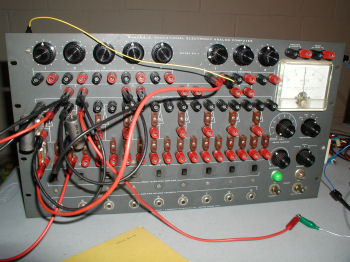billdeg
Technician
Hi
I got a "new" Heathkit EC-1 - Complete with manuals, cables, tubes, etc. As I test it and hook to an oscilloscope I will post updates.
http://vintagecomputer.net/heathkit/ec-1/

I got a "new" Heathkit EC-1 - Complete with manuals, cables, tubes, etc. As I test it and hook to an oscilloscope I will post updates.
http://vintagecomputer.net/heathkit/ec-1/


